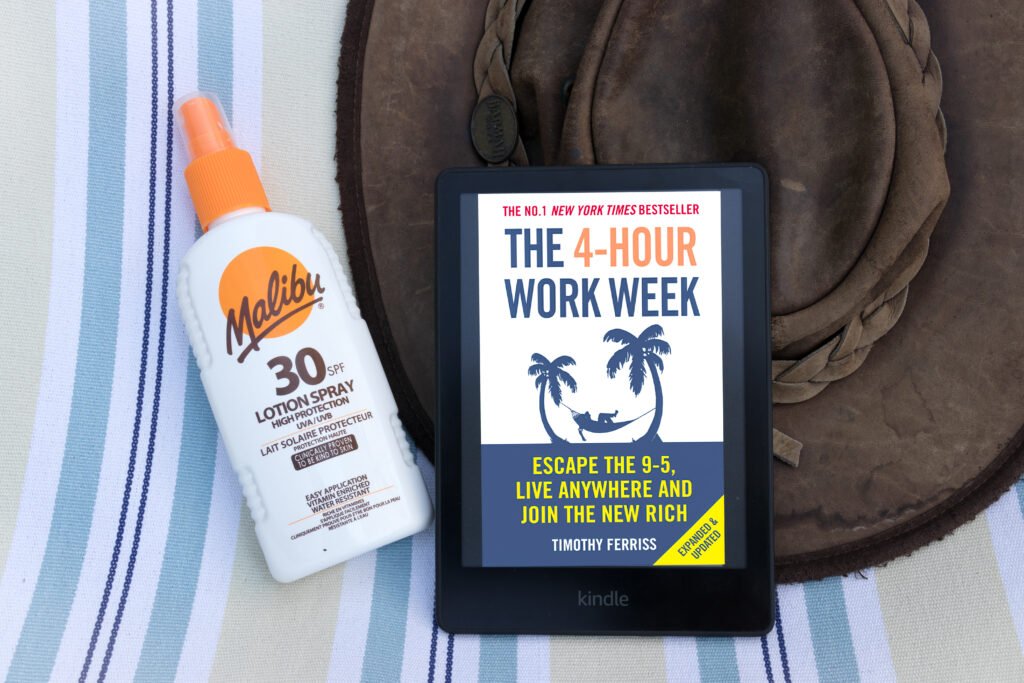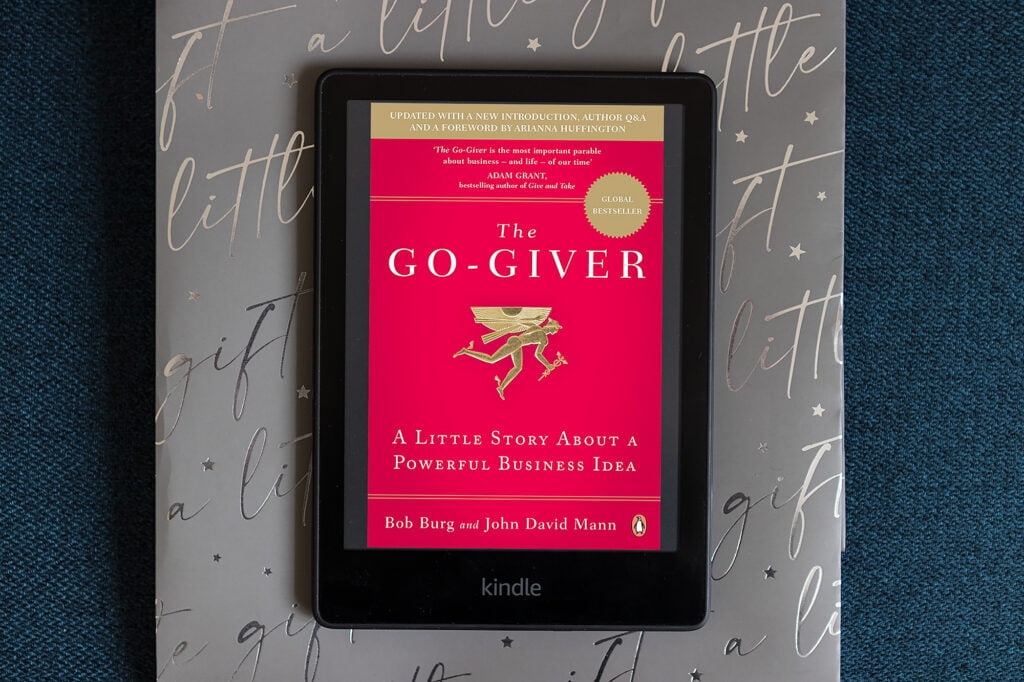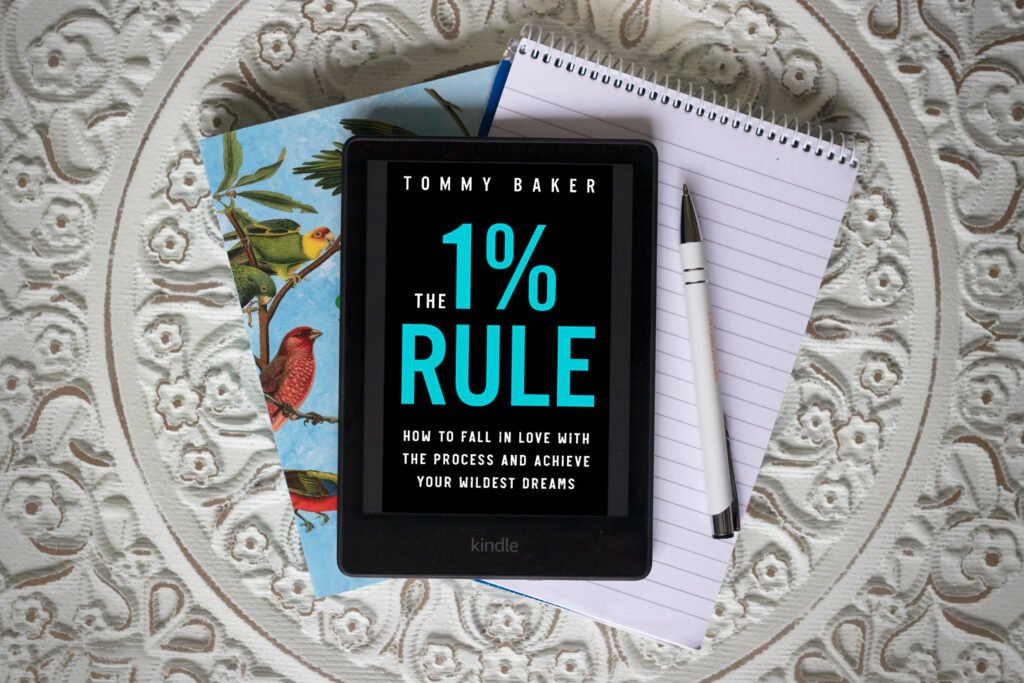
Three Sentence Summary
Proof that it’s possible to escape the 9-5, live your dream lifestyle and accomplish your lifelong goals. This blueprint goes into detail of the basic plan to separate your personal life from your work and prioritise your passions. Read this book to give you the motivation needed to make your dreams a reality and live with the freedom we all crave.
Table of Contents
ToggleMy Top 3 Take Aways
- Define your ambitions with ‘Dreamlines’ establishing a figure needed to achieve this to make them feel achievable.
- Write out your fears and establish the risk vs reward by rating the worst and best outcomes from 1-10 in terms of how life changing they would be. Usually the worst possibility is more reversible than than first anticipated.
- When establishing new businesses or streams of income plan for automation to make it easier to step away from and so attain more free time.
Who Do I Recommend This Book For?
Have you ever thought about leaving your job, starting a business or just wanting more free time? Well this book is for you. This should help give you inspiration, motivation and new ideas in how to improve your work life balance and achieve the lifestyle you want.
Full Summary
Lifestyle Planning
Definition
Dreamlines
Defining Your Fears
Elimination
The 80/20 Principle - Pareto's Law
Learning to Say No
Automation
This is the step that allows you to focus on the high priority work without having to worry about the minutia of tasks. There’s two ways of outsourcing. Firstly your personal life and secondly your business/work. Both ways work to ensure that tedious or time consuming jobs are completed in a way that is cost effective and requires little to no oversight. Deciding what to try to automate can be difficult especially in your own life or in a business you built yourself as you don’t want to let go of the control. A simple way to decide is to look at the numbers and is summed up by this quote by the author. “If you spend your time, worth $20-25 per hour, doing something that someone else will do for $10 per hour, it’s simply a poor use of resources.” Of course this is only worth it if you are going to fill the time with something that you deem more worthwhile or that not doing the task makes you happier. One other tip given before automation is to always ensure it is necessary first and that it couldn’t be eliminated all together. Automation should also be at the forefront of designing a new business as one designed for automation means less stress and a more reliable cashflow giving you more time to do what you want. Producing online products where the product is downloaded is a great way to start to keep costs low and the asset can then be resold after being created only once.
Liberation
The final aspect of this 4 stage plan is to remove yourself from the equation. When this book was first published remote working was quite the rarity however nowadays with events over the past few years and improvements in technology its become a lot more common place. This means its easier than ever before to save time by ditching the commute and giving yourself more free time to pursue your passion. If you can start from a trial day a week and prove your performance is improved and it benefits the company, extensions and it being made permanent can follow. This will give you more time to design, produce, automate and scale alternative sources of cashflow resulting in you being able to replace your income. Once this is achieved leaving your job can be the next step resulting in you being able to achieve your dreamlines. Take a well deserved mini-retirement come back work on something new then go back to a mini-retirement. Of course this is a major oversimplification but in the end putting in the time at first can result in your own 4-hour work week, you just have to take your first step.
Making it Actionable!
This was a very interesting read for me as the internet has made many of these ideas extremely realistic and more viable than ever (maybe I’m just an optimist). Of course a lot of the specific strategies and suggestions are a bit outdated but many can be adapted for 2023 and beyond. For me the easiest way to make this actionable is to start at the beginning with my ‘dreamlines’ and put a figure to what I want to achieve. The tasks given at the end of each chapter are also well worth giving a go to improve confidence and gain experience. After this getting into the world of online business and selling online will be the easiest way to begin setting up some alternative ways of business and learn this as a new skill. I think the hardest part is getting started but once I’m in and learnt the ropes, I doubt I’ll want to stop.
If you’ve read this book already I’d love to know your thoughts and how you’ve implemented its strategies. Let me know down below!



